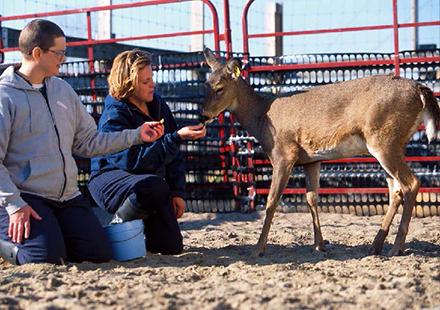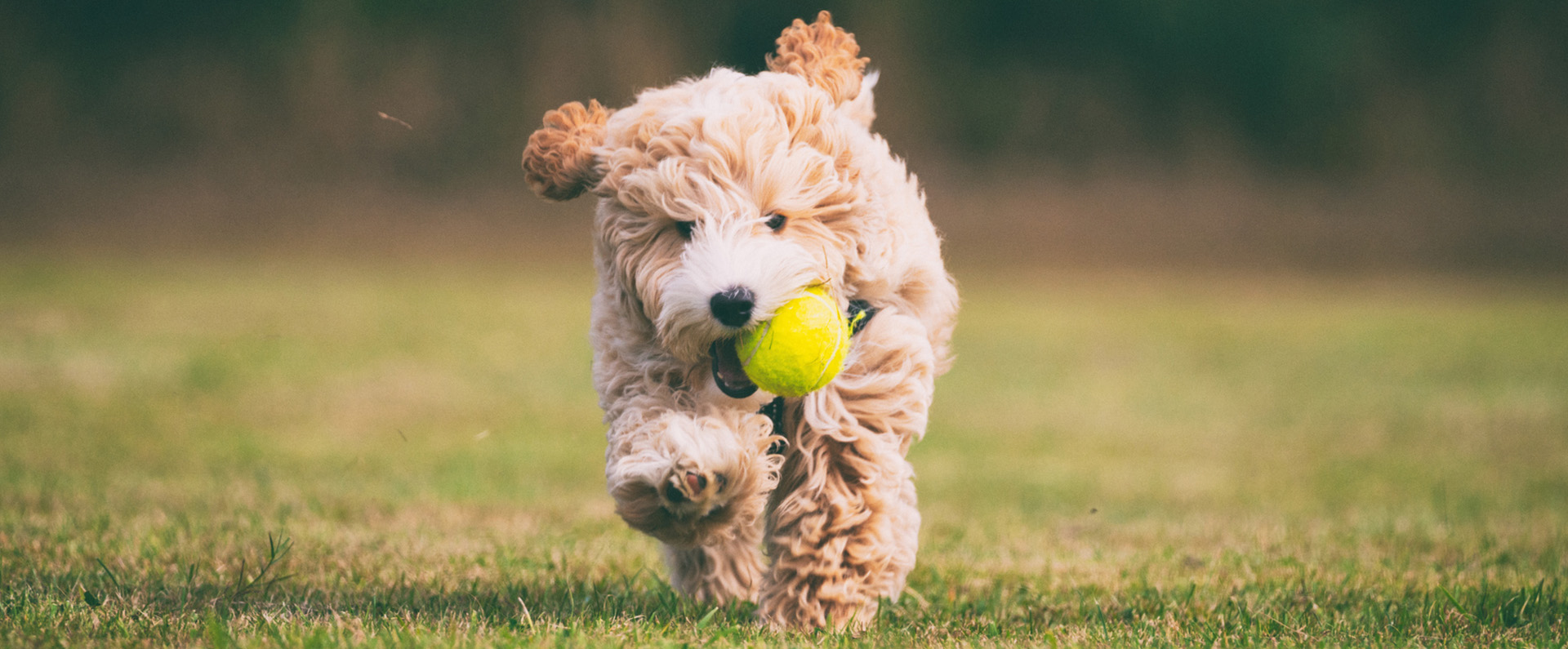Paint Your Pet's Behavior
Animals show many different behaviors every day. They may play and greet other animals, and their behavior may change during an activity or experience, such as a sudden thunderstorm. Have you ever noticed your pet's behaviors? Normal behaviors like playing or grooming tell us that an animal is happy and relaxed. When animals become stressed, bored, or sick, they may show 'abnormal behaviors' like biting, hiding, or pacing. It's important to identify and understand animal behaviors and their causes to ensure they are happy and stress free.
 About the Experiment
About the Experiment
Use this activity to learn more about different animal behaviors. Get creative painting or drawing!
 |
Details
|
 |
|
 |
|
 What You'll Need
What You'll Need
- Paper plates (or a sheet of paper)
- Paint/markers/colored pencils/crayons
- Paint brushes if using paint
- Popsicle sticks
- Glue or tape
 Let's Do This!
Let's Do This!
- Choose a pet or animal to study its behaviors. You can study your pet, a family or friend's pet, or another animal, such as in a zoo. Select three different behaviors that the pet or animal shows (Examples).
- Paint or draw the pet or animal expressing its behavior on the paper plate (or sheet of paper). Repeat this for the other two behaviors.
- If you're painting, let your paper plate or sheet of paper dry after you paint your picture.
- Glue or tape a popsicle stick to the back of your paper plate.
- Now you have three animal masks or puppets, or new artwork to hang up.
What Did You Learn?
- What pet or animal did you choose and why?
- What behaviors did you choose? Why did you choose these?
- What do these behaviors tell you about the pet or animal?
- Do you share any of the same behaviors? If so, how do these behaviors make you feel?
- If you chose any negative or abnormal behaviors, how can you change the situation to make the pet or animal feel happy and stress free?

Animal Behavior Research from the Agriculture Research Service
Agriculture Research Service (ARS) scientists observe farm animals' behaviors to make sure we give them the best care. Here are some projects the scientists are working on:
- ARS scientists give chickens new toys to see how these changes can support positive behavior.
- ARS scientists are studying pigs' behavior to see how it changes as they become hot.
- Scientists are giving pigs toys to see how they change the pigs' behavior.
- ARS scientists found that hops that are too old for brewing beer, but still nutritious for cattle, may help keep cows healthy.
- ARS scientists found the first meal is vital for calf and piglet survival.
- ARS scientists are the first to demonstrate that goats with a different form of a gene are less susceptible to the disease scrapie.
- ARS scientists are researching the temperature preferences of sows, with an eye toward keeping them more comfortable.
Animal Welfare Information Center
The Animal Welfare Information Center at the National Agricultural Library provides information about animal wellbeing and how to house and care for animals.
Animal Welfare Information Center: Housing, Care and Welfare



